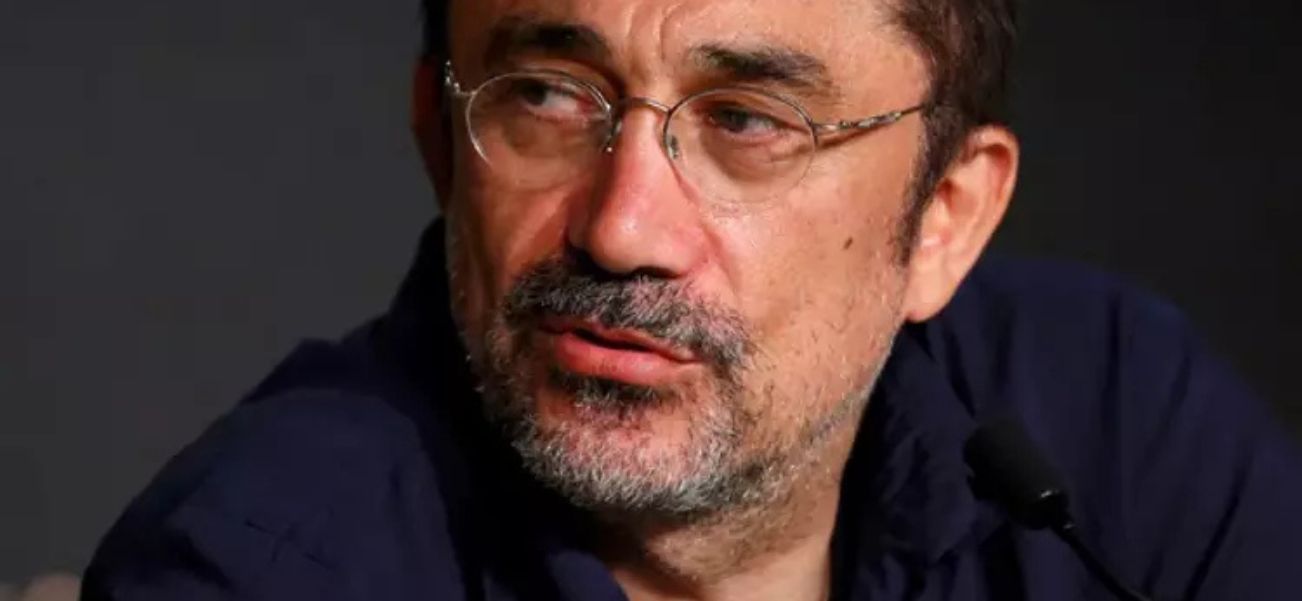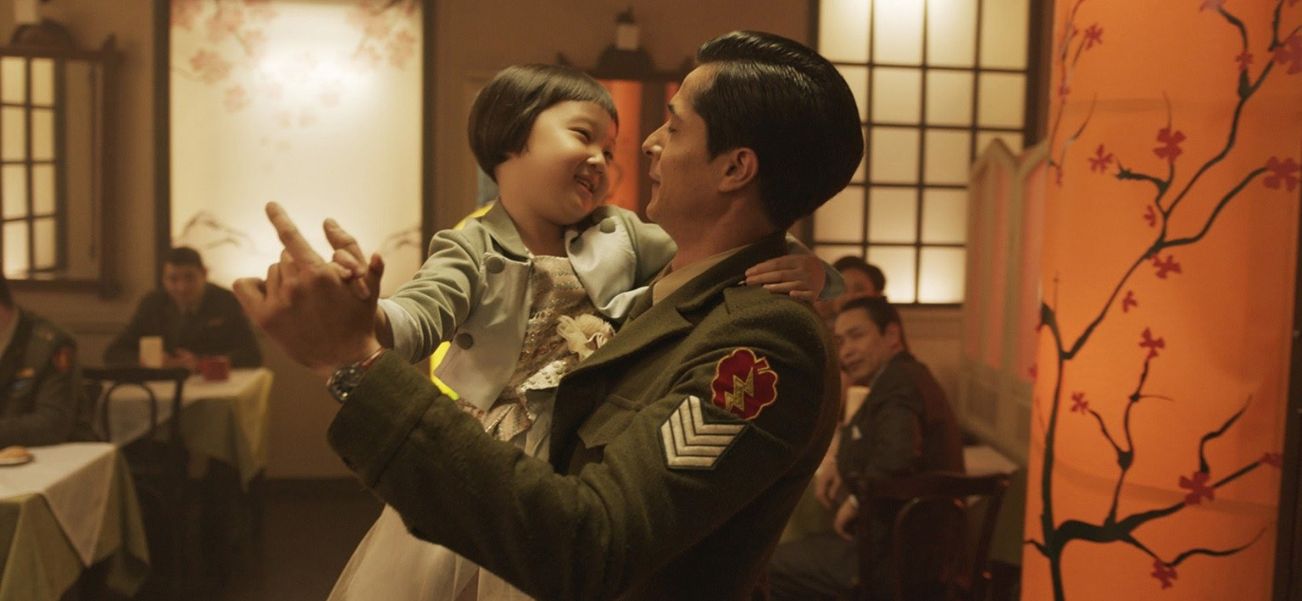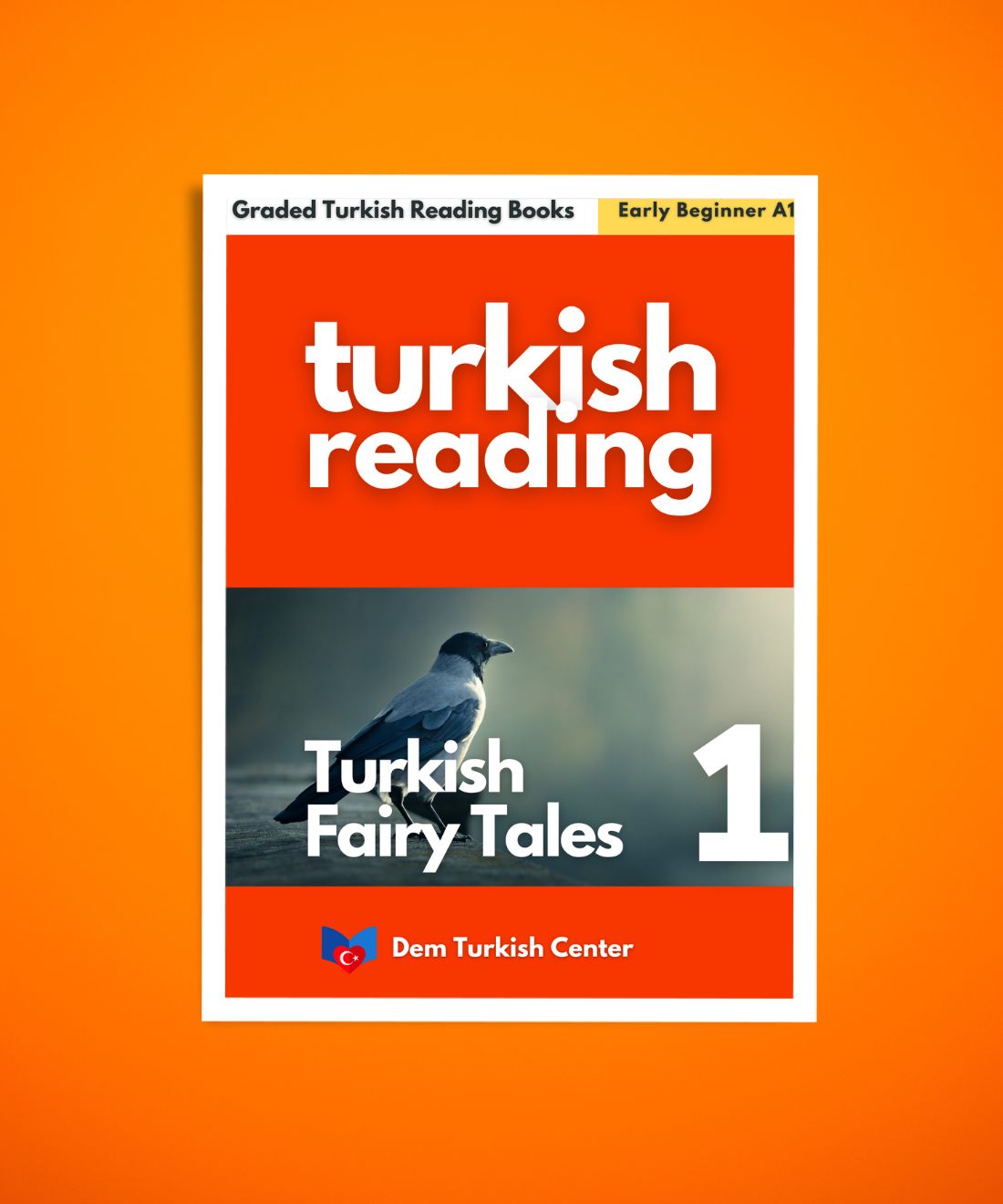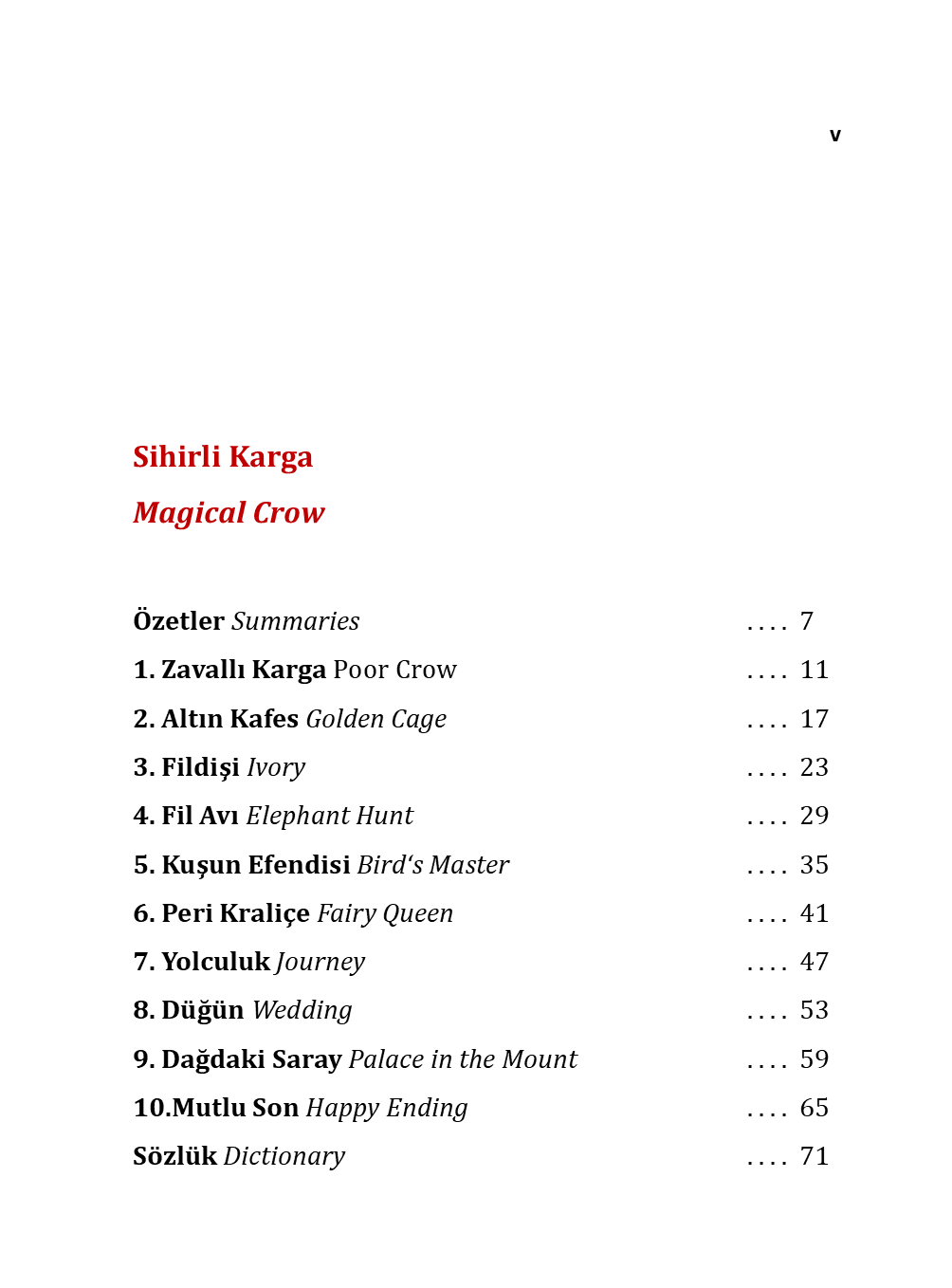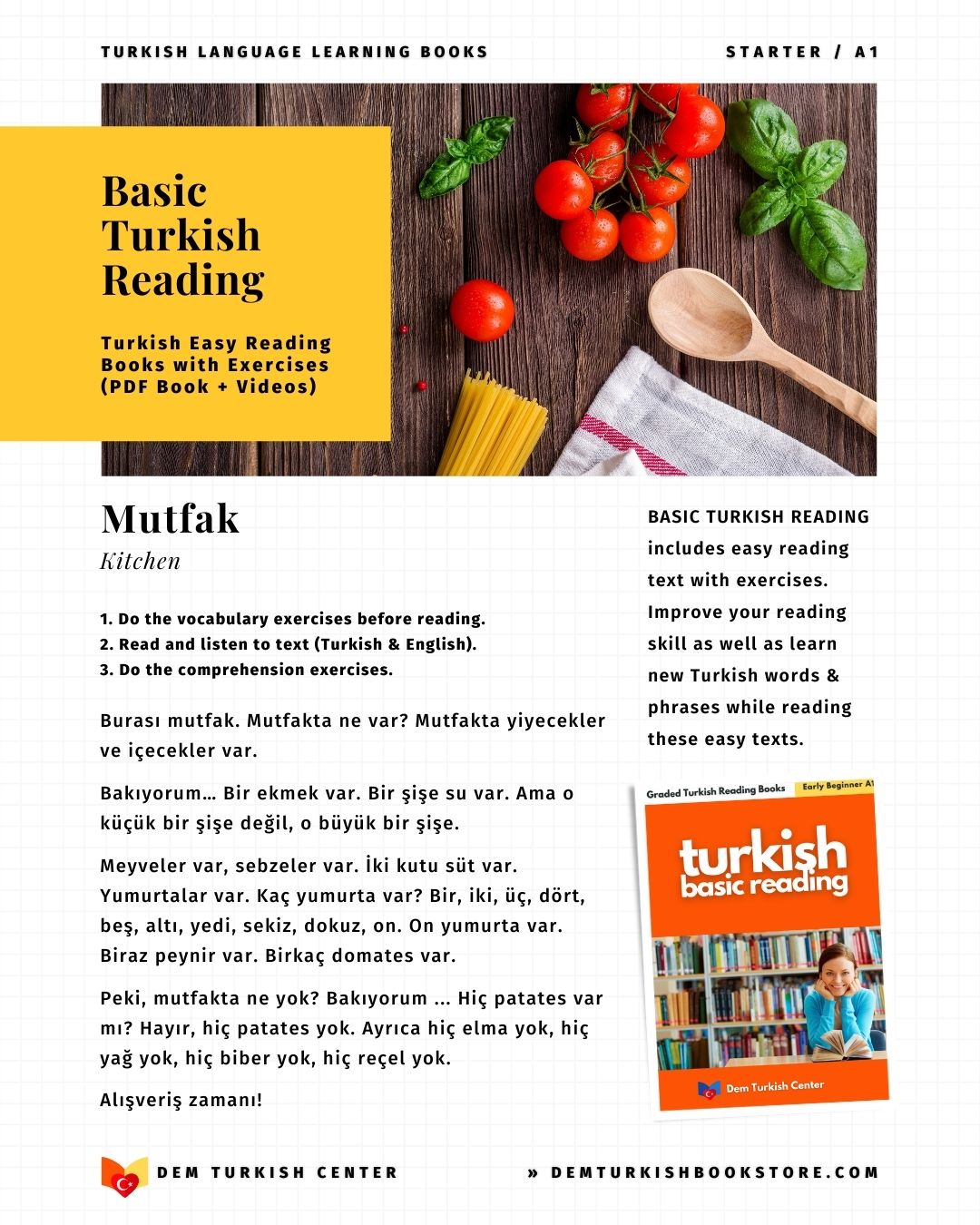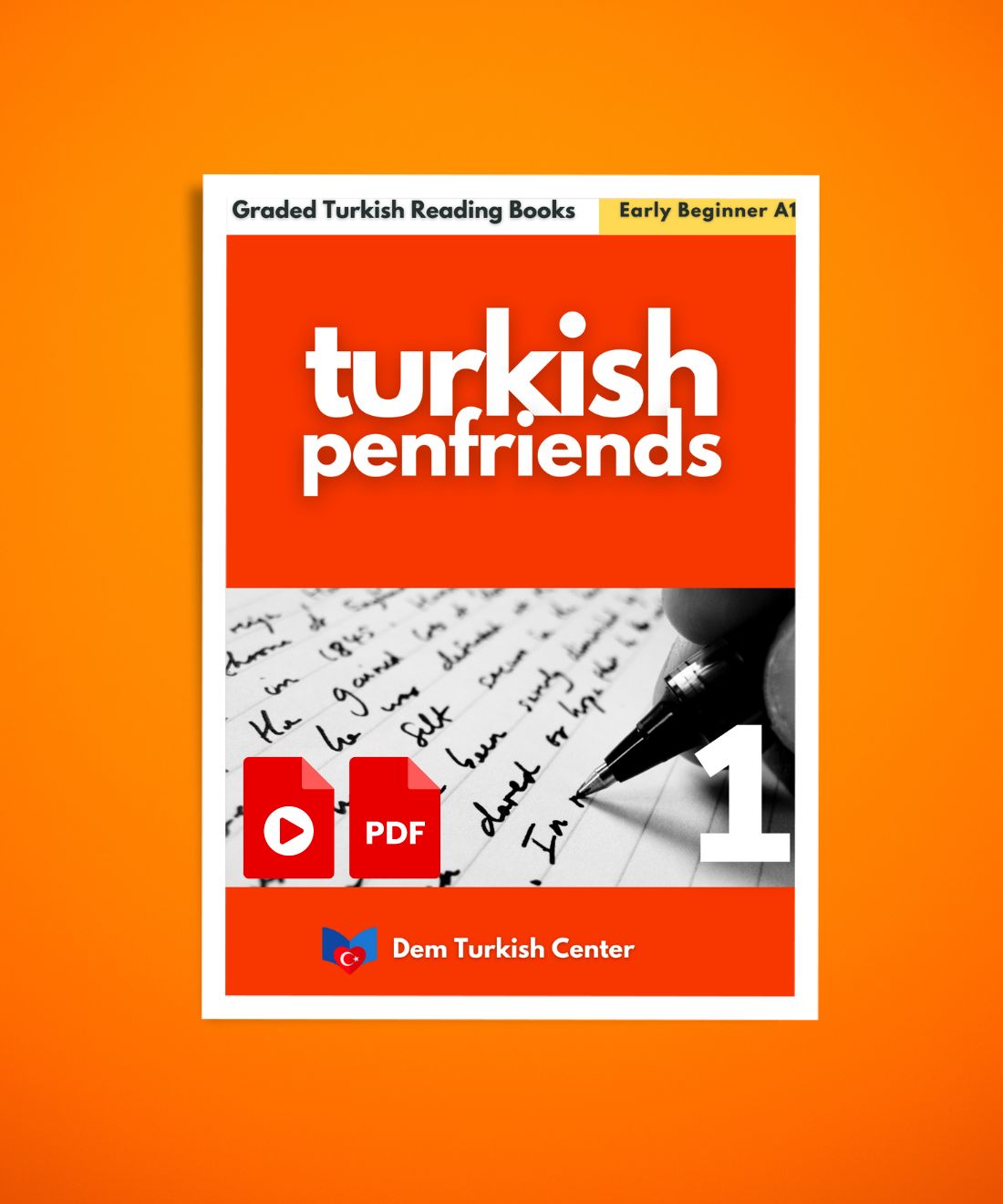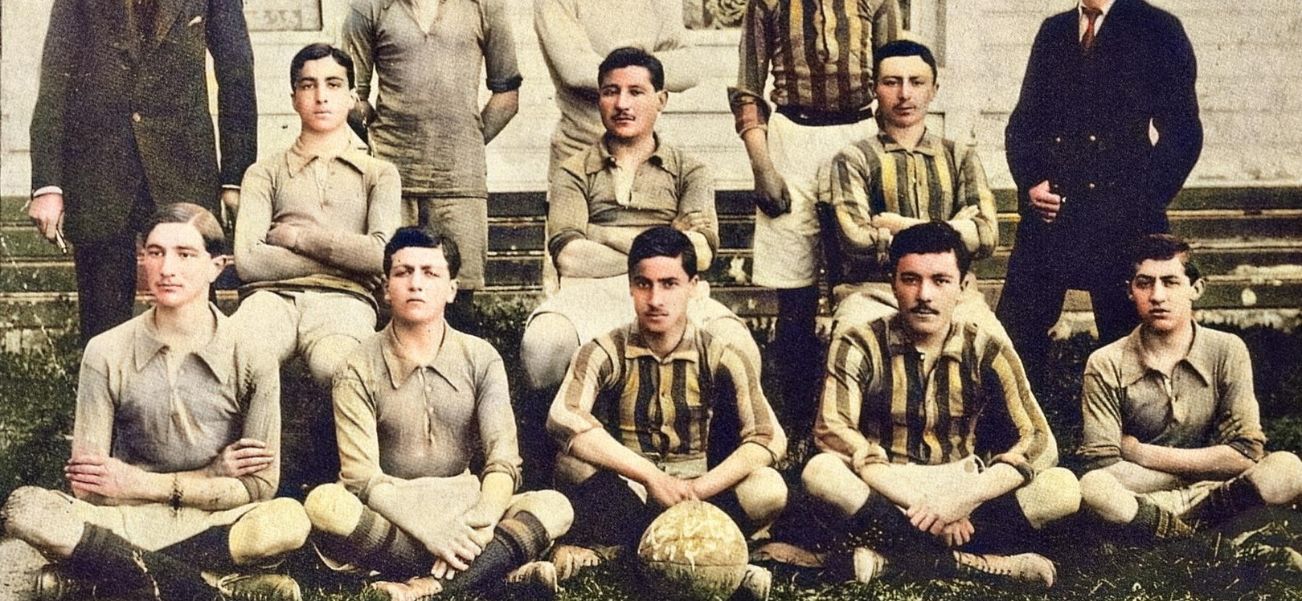
Turkish Football History: From Ottoman Era to Modern "Super League (Süper Lig)"
Football (soccer) is more than just a sport in Turkey—it’s a cultural phenomenon, a political battleground, and a unifying passion. From its introduction during the Ottoman Empire to the high-energy rivalries of today’s Süper Lig, Turkish football has a rich and turbulent history.
This deep dive explores:
- The birth of football in Turkey (late 19th century)
- The rise of the "Big Three" (Galatasaray, Fenerbahçe, Beşiktaş)
- Golden eras & legendary players
- Modern Süper Lig: triumphs, scandals & global stars
- How football reflects Turkey’s social & political identity
BRIEF HISTORY OF TURKISH FOOTBALL
1. Origins: Football in the Ottoman Empire (Late 1800s–1923)

How Football Came to Turkey
Football arrived in Turkey through foreign merchants, diplomats, and students in the late 19th century. The first recorded match was played in 1875 in Salonika (now Thessaloniki), then part of the Ottoman Empire, between British sailors and local Greek traders.


By the 1890s, Istanbul’s elite schools (like Robert College) began adopting the sport. The first Turkish football clubs were founded by Ottoman intellectuals and minorities:
- Black Stockings FC (1899) Turkey’s first club, secretly formed by Ottoman-Greek and Armenian players. Banned by Sultan Abdulhamid II for "Western influence."
- Beşiktaş (1903) Started as a gymnastics club but embraced football by 1911.
- Galatasaray (1905) Founded by students of Galatasaray High School, becoming Turkey’s oldest active club.
- Fenerbahçe (1907) Emerged in Kadıköy (Asian Side of Istanbul) as a symbol of Turkish nationalism against foreign teams.
FUN FACT Early matches were played on horse-racing tracks due to lack of proper stadiums.
2. The Republican Era & Professionalization (1923–1959)

After the fall of the Ottoman Empire and the founding of the Republic (1923), football became a tool for national unity and modernization under Atatürk.

Key Developments:
- 1923 The Turkish Football Federation (TFF) was established.
- 1924 Turkey’s first national team match (vs. Romania, lost 2-1).
- 1936 The Istanbul Football League became the country’s first major competition.
- 1952 Turkey’s "Golden Generation" qualified for the 1954 World Cup, shocking South Korea 7-0 in a playoff.
Rise of the Big Three



By the 1950s, Istanbul’s "Big Three" dominated:
- Galatasaray Represented the westernized elite.
- Fenerbahçe The people’s club, tied to Turkish identity.
- Beşiktaş Rooted in military and working-class culture.

LEGENDARY PLAYER Lefter Küçükandonyadis (Fenerbahçe), Turkey’s first international star.
3. The Golden Age (1960s–2000s)



European Success & Iconic Moments
- 1964 Galatasaray reached the European Cup quarterfinals.
- 1996 Fenerbahçe made the UEFA Champions League group stage.
- 2000 Galatasaray made history by winning the UEFA Cup and European Super Cup, led by Gheorghe Hagi.


2002 World Cup Miracle
Turkey’s greatest football achievement:
- 3rd place finish under coach Şenol Güneş.
- Stars like Hakan Şükür (fastest World Cup goal: 11 seconds vs. South Korea) and Rüştü Reçber (goalkeeper) became legends.
CULTURAL IMPACT The 2002 team’s success united a divided nation amid economic crises.



4. Modern Era: Süper Lig & Global Stars (2000s–Present)
Süper Lig’s Rise & Challenges
- Foreign Stars The league attracted aging legends like Didier Drogba (Galatasaray), Robin van Persie (Fenerbahçe), and Adriano (Beşiktaş).
- Financial Issues Clubs faced debt crises due to overspending.
- Controversies 2011 match-fixing scandal led to Fenerbahçe’s Champions League ban.
Recent Highlights
- 2021 Beşiktaş won the title with Sergen Yalçın’s attacking football.
- 2023 Galatasaray signed Mauro Icardi, reviving European ambitions.
WOMEN'S FOOTBALL Galatasaray’s women’s team reached the UWCL quarterfinals (2023).
5. Football as a Mirror of Turkish Society
Politics & Football
- Gezi Park Protests (2013) Fans joined anti-government demonstrations, chanting in stadiums.
- Erdoğan’s Influence The president, a former semi-pro player, uses football for populism (e.g., gifting jerseys to world leaders).
Fan Culture & Identity
- Ultras Groups Çarşı (Beşiktaş), Gençlik (Fenerbahçe), and Tek Yumruk (Galatasaray) are known for political activism.
- Derby Day Galatasaray vs. Fenerbahçe ("Intercontinental Derby") is one of football’s most heated rivalries.
6. The Future of Turkish Football
Opportunities
- Infrastructure New stadiums like RAMS Park (Galatasaray) and Beşiktaş’s Vodafone Park.
- Youth Development Academies producing talents like Arda Güler (Real Madrid).
Challenges
- Financial Fair Play Clubs must reduce reliance on short-term foreign stars.
- Global Competition Keeping up with Europe’s top leagues.
Conclusion: More Than Just a Game
From its humble Ottoman beginnings to its modern global appeal, Turkish football reflects the nation’s struggles, pride, and dreams. Whether through Galatasaray’s European glory, Fenerbahçe’s fan passion, or Beşiktaş’s underdog spirit, the beautiful game remains Turkey’s unofficial religion.
What’s your favorite Turkish football memory? Share below!

